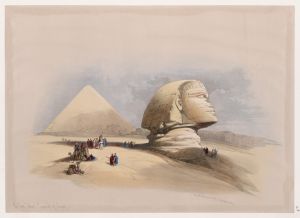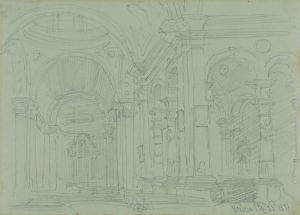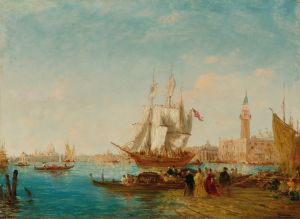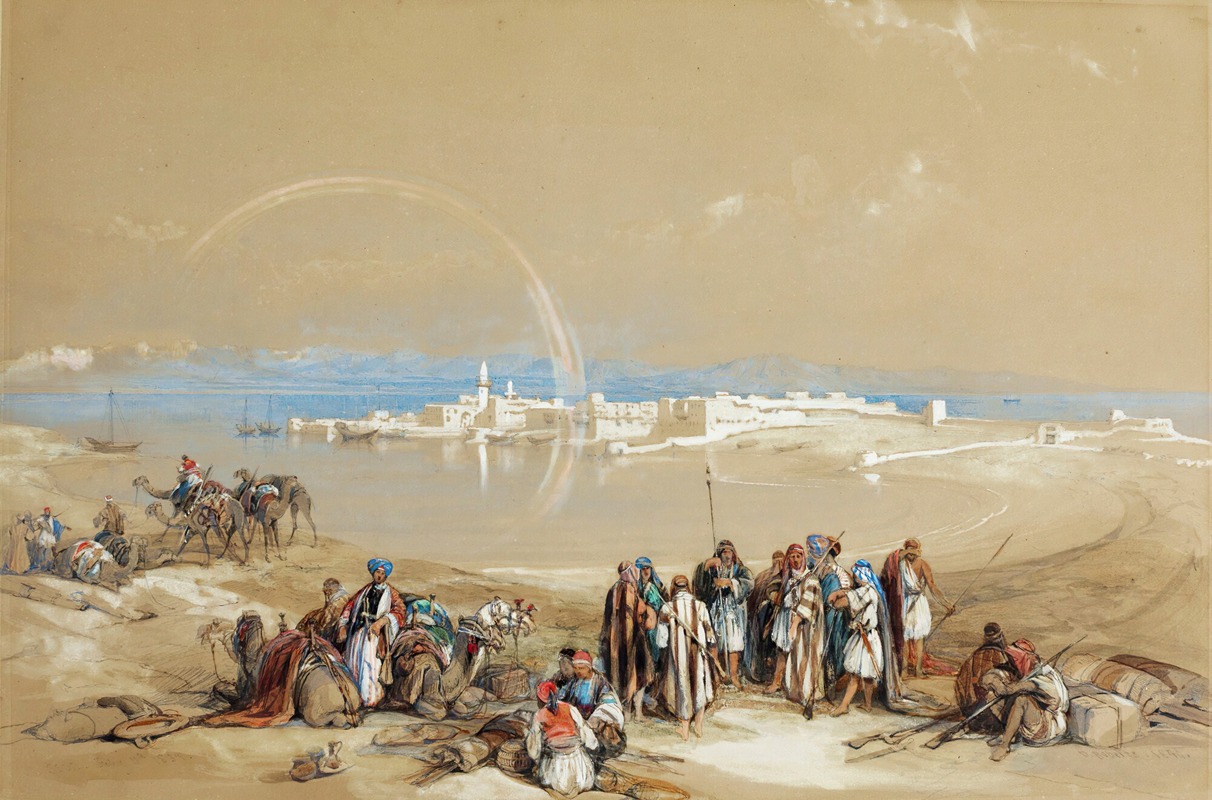
Suez
A hand-painted replica of David Roberts’s masterpiece Suez, meticulously crafted by professional artists to capture the true essence of the original. Each piece is created with museum-quality canvas and rare mineral pigments, carefully painted by experienced artists with delicate brushstrokes and rich, layered colors to perfectly recreate the texture of the original artwork. Unlike machine-printed reproductions, this hand-painted version brings the painting to life, infused with the artist’s emotions and skill in every stroke. Whether for personal collection or home decoration, it instantly elevates the artistic atmosphere of any space.
David Roberts was a renowned Scottish painter, best known for his detailed and picturesque depictions of architectural and historical sites. Born in 1796, Roberts gained significant recognition for his travel-inspired artworks, particularly those illustrating scenes from the Middle East and North Africa. One of his notable works includes the painting "Suez," which captures the essence of the town of Suez in Egypt during the 19th century.
"Suez" by David Roberts is part of a larger collection of works that resulted from his extensive travels in the Middle East. In 1838, Roberts embarked on a journey to Egypt and the Holy Land, a trip that greatly influenced his artistic career. During his travels, he meticulously documented the landscapes, architecture, and daily life he encountered, later transforming these sketches into detailed lithographs and paintings upon his return to Britain.
The painting "Suez" reflects Roberts' keen eye for detail and his ability to capture the atmosphere of a place. Suez, located at the northern tip of the Gulf of Suez, is a port city that has historically been a significant maritime and trade hub. During the 19th century, it was an important point of transit for pilgrims traveling to Mecca and a strategic location for trade routes between Europe and Asia, especially before the construction of the Suez Canal.
Roberts' depiction of Suez would have likely included elements characteristic of the region during that period. His works are known for their architectural precision and the way they convey the interplay of light and shadow, often highlighting the unique features of the local environment and structures. While specific details of the painting "Suez" are not extensively documented, it can be inferred that Roberts' portrayal would have captured the bustling activity and the distinctive landscape of the area.
Roberts' artworks, including "Suez," were published in a series of lithographs titled "The Holy Land, Syria, Idumea, Arabia, Egypt, and Nubia," which were released between 1842 and 1849. These publications were highly acclaimed and contributed significantly to the Western understanding and appreciation of Middle Eastern cultures and landscapes during the Victorian era. The lithographs were produced by Louis Haghe, a prominent lithographer of the time, who worked closely with Roberts to ensure the accuracy and quality of the reproductions.
David Roberts' work remains influential, offering a historical glimpse into the 19th-century Middle East through the eyes of a European artist. His paintings and lithographs continue to be studied and admired for their artistic merit and their role in documenting the cultural and architectural heritage of the regions he visited. While specific details about the painting "Suez" may be limited, Roberts' broader body of work provides valuable insights into the historical context and visual culture of the time.





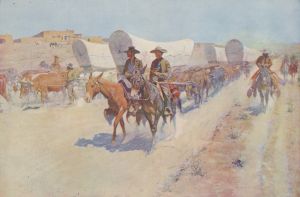
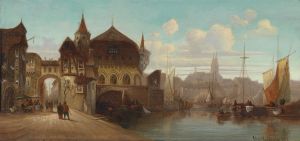
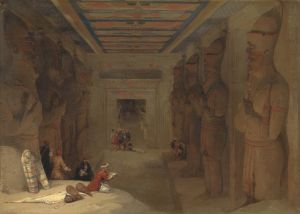
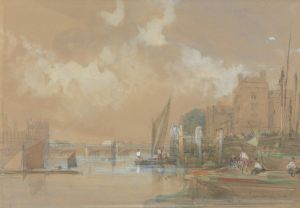

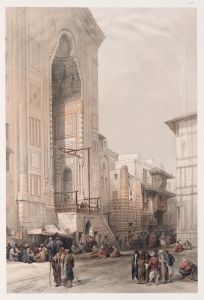
![Karnac [Karnak]. Nov. 27, 1838.](/imgs/217501/s/david-roberts-karnac-karnak-nov-27-1838-2ea4b2c4.jpg)
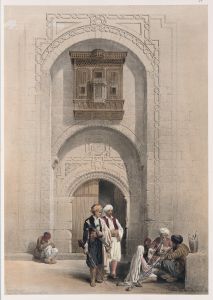

![Temple of Edfou [Idfû], ancient Appolinopolis, Upper Egypt.](/imgs/217546/s/david-roberts-temple-of-edfou-idfu-ancient-appolinopolis-upper-egypt-2a77d2d6.jpg)
